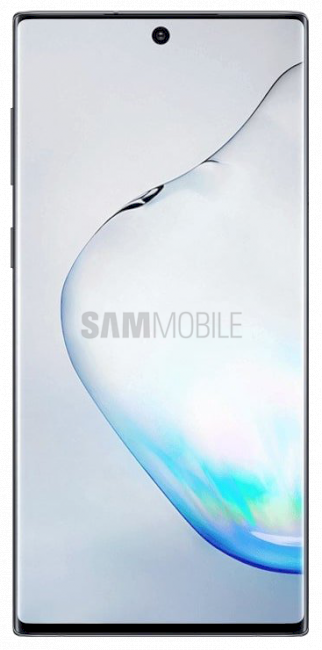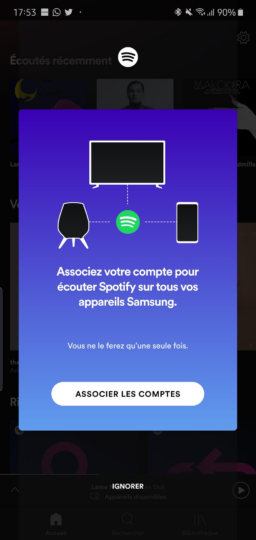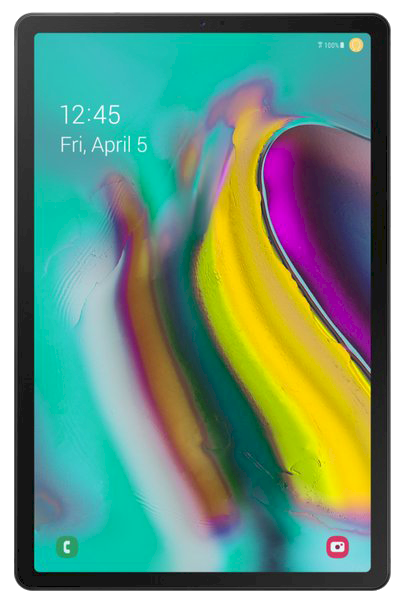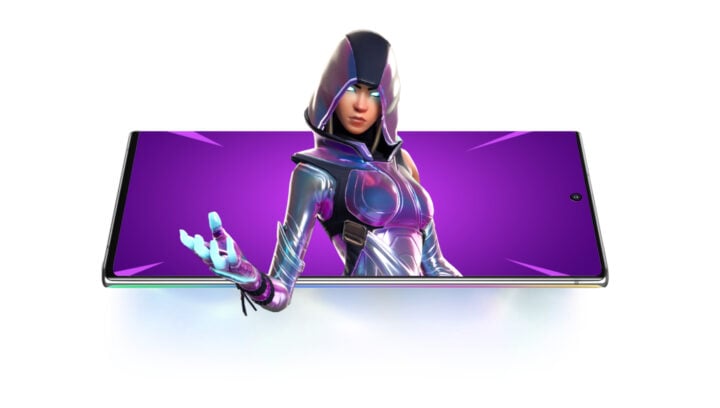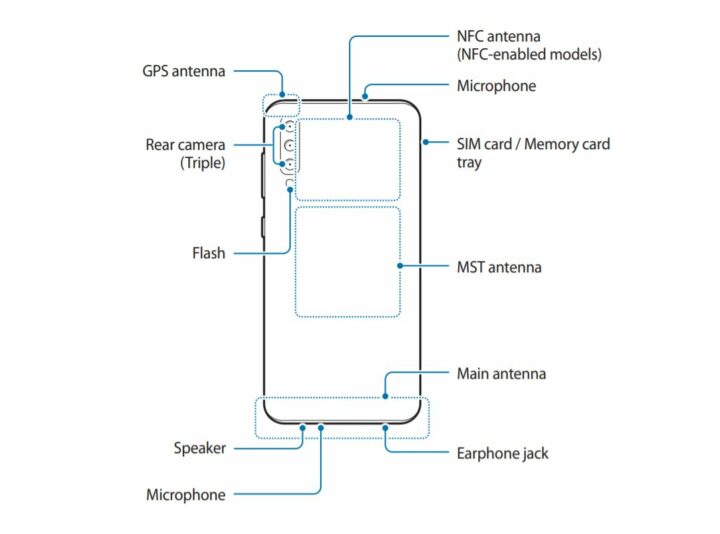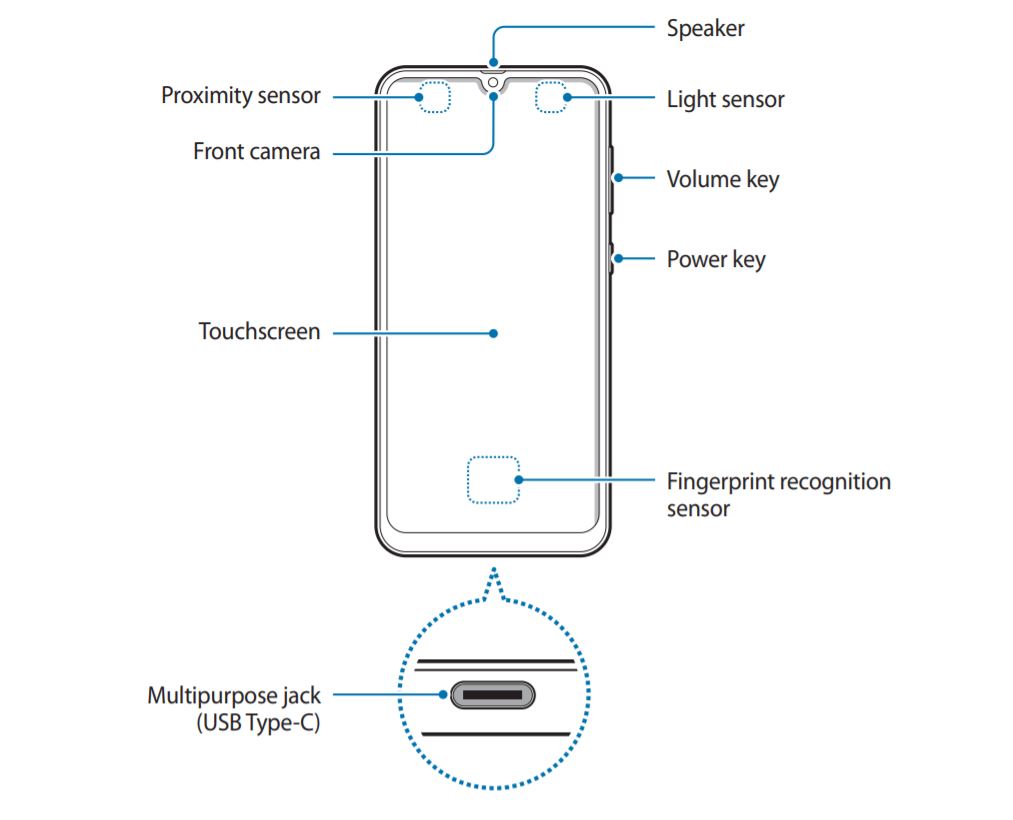I’m less annoyed about the Galaxy Fold’s relatively fragile nature than I thought I would be, and for the past few days I kept asking myself “why?” As a commercially-available device, it deserves scrutiny and criticism, so what’s different about the Galaxy Fold that makes me feel like its lack of protection for the foldable screen – and the lack of dust and waterproofing – isn’t that big of a deal? At the very least, my internal monologue doesn’t seem to criticize the Galaxy Fold as harshly as it would other devices, so what gives? The answer came to me when I realized I’m looking at the Galaxy Fold with the same eyes I’d be looking at a halo car.
At the risk of sounding like a blind fan, I’m cutting the Galaxy Fold some slack
A halo car is a vehicle manufactured by a company with the purpose of putting itself on the map in a vehicle category that’s been previously unexplored. It’s a demonstration of force, but unlike a prototype, a halo car is always going to be commercially available in more or less limited quantities. A halo car will push the company outside of its comfort zone and, likewise, it generally pushes high-end technologies to even higher limits. Halo cars tend to have bold designs and hit the market at higher prices than full production vehicles. In the best-case scenarios, a halo car represents the first chapter in a new era for an automotive company. In others, it can represent a bad decision implemented poorly or at the wrong time. Either way, halo cars are rarely perfect, but as long as they get the job done, they’re a success.
For me, Samsung’s first foldable phone is a true halo device. You could argue that the Galaxy Round and Galaxy Note Edge were similar in regards to pushing boundaries, but while they may have had unique characteristics, they were still very much rooted in the standard candy bar smartphone form factor already mastered by Samsung. In contrast, the Galaxy Fold resides in an emerging device category; it pushes Samsung outside of its comfort zone and into an unexplored territory, and it poses an incredible challenge for the company’s display, software, and design divisions, more so than any other mobile device released over the past half a decade, or longer.
I’ve made peace with the idea that I’m not going to own a Galaxy Fold – or a halo car, for that matter – anytime soon. My Galaxy Note 10 is fresh and I’ll continue using it as my main driver for the foreseeable future. Therefore, it’s only natural for me not to get too anxious at the thought of not buying a $2,000 phone which could break if handled improperly. Then again, if you’re the anxious type then the Galaxy Fold is probably not for you.
In other words, I’m watching how the Galaxy Fold story unfolds from the sidelines and not from an owner’s perspective. Perhaps the Fold’s shortcomings would’ve been more difficult to digest if I was an early adopter, so maybe this is a case of me having a double standard. But even though the foldable device may be more fragile than conventional phones, it’s just as exciting to me as the idea of a halo car, even if I might not own one. I enjoy reading about it and looking at its design, and if I were to hang posters of mobile tech up on my bedroom walls, the Galaxy Fold would be the main piece. At the same time, I’d be uncomfortable using Samsung’s foldable phone on a daily basis, so does this mean it failed? I don’t think it did, or at the least, that’s yet to be determined.
In my eyes, a halo device – even one that may have shortcomings – fails only when it doesn’t succeed in putting the manufacturer on the map. So far, the Galaxy Fold proves that Samsung is capable of creating a solid foldable phone, and chances are that the Huawei Mate X will fail to overshadow it. Granted, Samsung’s foldable phone might be deemed a failure in some echo chambers as it is an easy target, but I think it’s too early to tell whether or not it succeeded. The early adoption figures look very promising and speak in its favor. The way I see it, as long as the Galaxy Fold doesn’t kill a potential legacy dead in its tracks and will instead lead to Samsung developing more foldable devices for next year, the company’s first foldable phone will have succeeded. And not in small part thanks to the brave early adopters of new technologies who believe in the foldable phone future.
- Model: SM-F900F
- Dimensions: Unfolded: 160.9 x 117.9 x 6.9 mm Folded: 160.9 x 62.9 x 15.5 mm
- Display: 7,3" (185.4mm) Super AMOLED
- CPU: Qualcomm Snapdragon 855
- Camera: 16 MP, CMOS F2.2 & 12MP, CMOS F1.5/F2.4Wide & 12MP, CMOS F2.4 Telephoto
The post I think the Galaxy Fold is a true ‘halo phone’ deserving of some slack appeared first on SamMobile.
from SamMobile https://ift.tt/2lq4bdr
via
IFTTT





